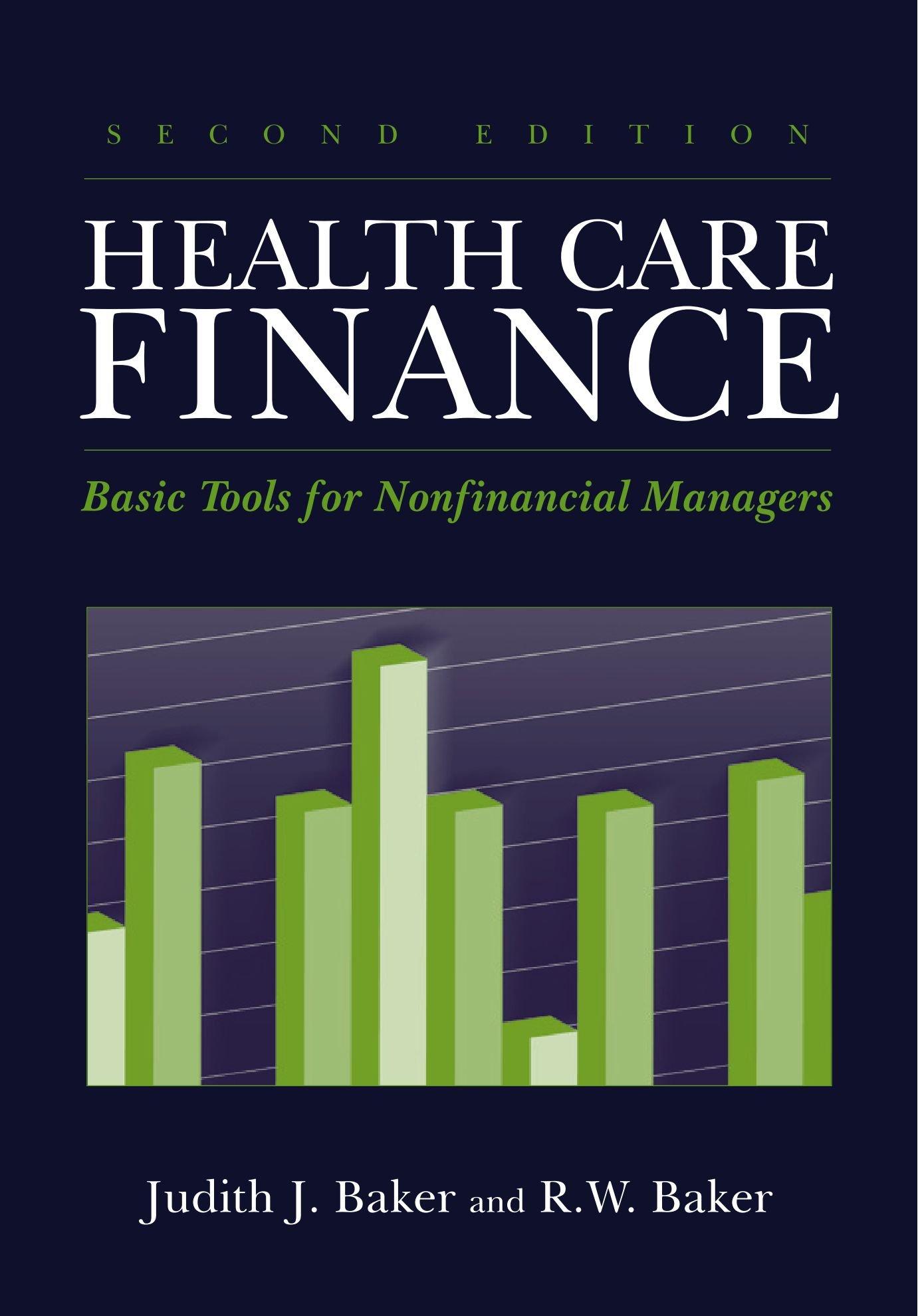Question
Suppose stock returns can be explained by the following three-factor model: R i = R F + 1 F 1 + 2 F 2 3
| Suppose stock returns can be explained by the following three-factor model: |
| Ri = RF + 1F1 + 2F2 3F3 |
| Assume there is no firm-specific risk. The information for each stock is presented here: |
| 1 | 2 | 3 | |
| Stock A | 1.65 | .65 | .40 |
| Stock B | .82 | 1.25 | .60 |
| Stock C | .81 | .28 | 1.40 |
| The risk premiums for the factors are 6.9 percent, 6.1 percent, and 6.5 percent, respectively. You create a portfolio with 20 percent invested in Stock A, 20 percent invested in Stock B, and the remainder in Stock C. |
| What is the expression for the return on your portfolio? (Do not round intermediate calculations and round your answer to 2 decimal places, e.g., 32.16.) |
| Factor Beta | |
| Factor F1 | |
| Factor F2 | |
| Factor F3 | |
| If the risk-free rate is 4 percent, what is the expected return on your portfolio? (Do not round intermediate calculations and enter your answer as a percent rounded to 2 decimal places, e.g., 32.16.) |
| Expected return | % I have the top and can not find the bottom solution! |
Step by Step Solution
There are 3 Steps involved in it
Step: 1

Get Instant Access to Expert-Tailored Solutions
See step-by-step solutions with expert insights and AI powered tools for academic success
Step: 2

Step: 3

Ace Your Homework with AI
Get the answers you need in no time with our AI-driven, step-by-step assistance
Get Started


